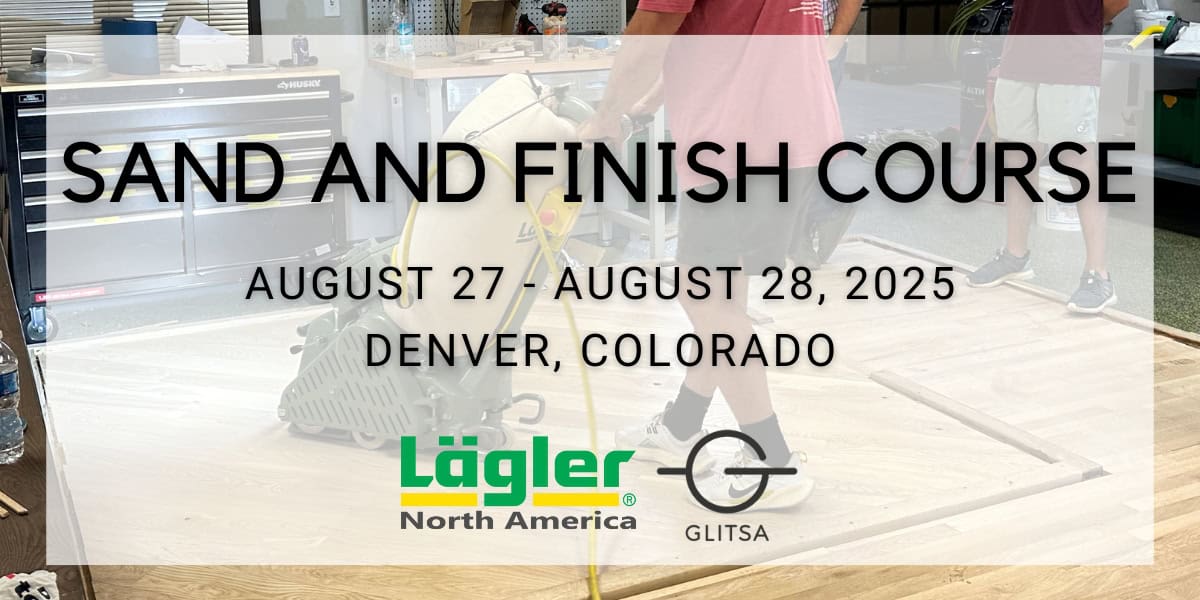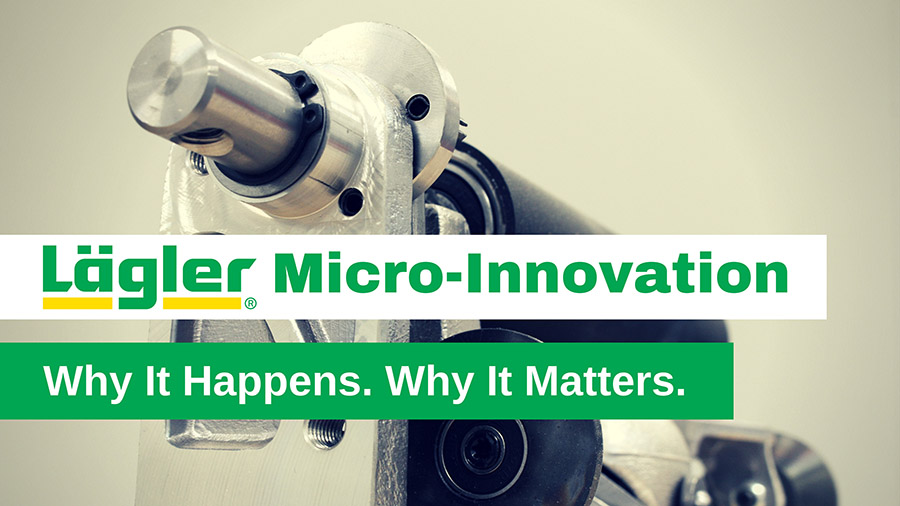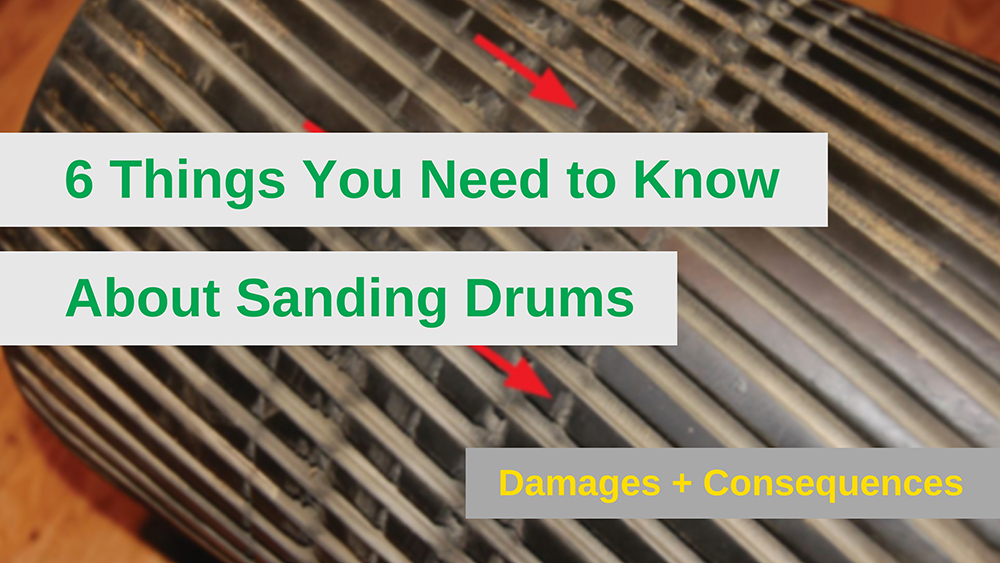
You are here:

Have you ever compared a decades-old Lägler HUMMEL and a new one, and wondered what’s changed? We get it. At first glance, they look a lot alike. Two things: 1. Don’t change what ain’t broken

HUMMEL owners, tell us: How easy is it to remove and replace your HUMMEL sanding drum? Yeah, easy-easy. DIY in the shop, at your trailer, on the jobsite floor, right? No need to waste time
Adjust the Lägler FLIP Wheel Settings to Change Aggressiveness Did you know you can adjust the aggressiveness of the Lägler FLIP? It’s not about the pressure you apply. It doesn’t take any more effort on
Two important things you need to know about the Lägler HUMMEL sanding drum: Do not dress the drum Drum replacement is easy The HUMMEL sanding drum has a slight “football” shape to it. Dressing it
Lägler North America, a division of Palo Duro Hardwoods, is the North American distributor of machines and parts manufactured by Eugen Lägler GmbH in Germany. We are North America’s machine repair center, and offer Lägler’s one-day Premium Sanding Technology (PST®) certification course.
Copyright © 2020 Lägler North America. All Rights Reserved.